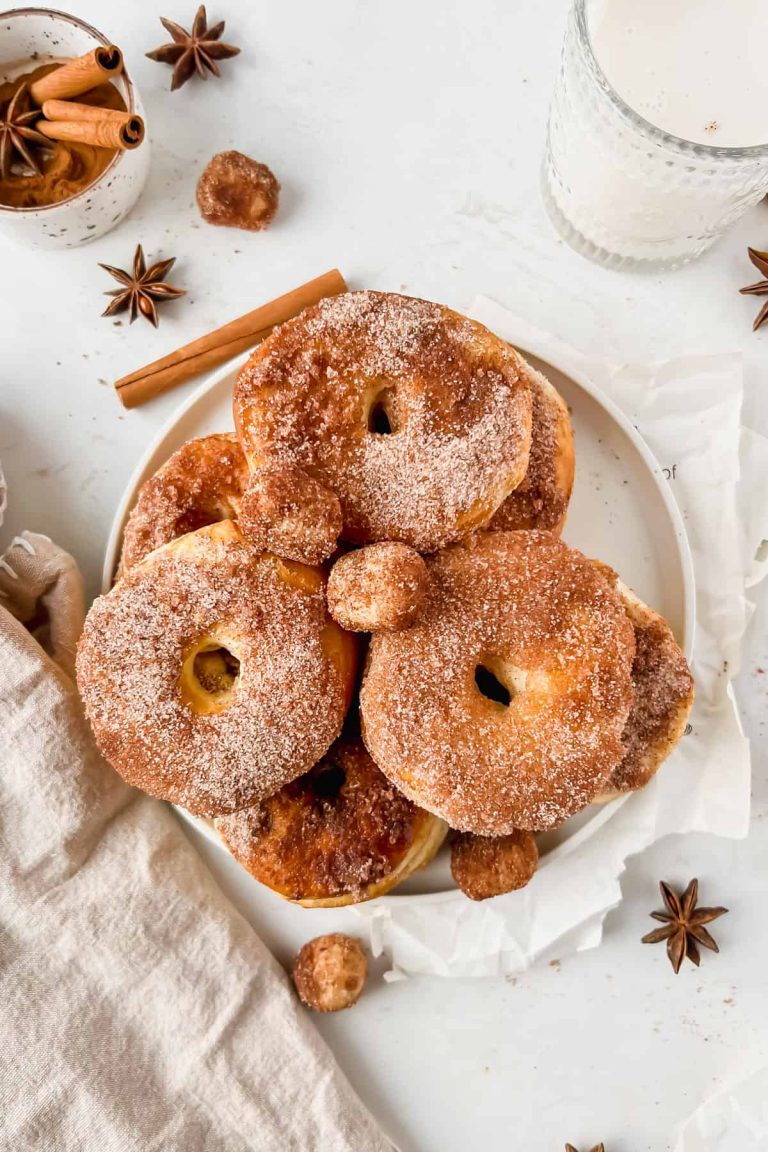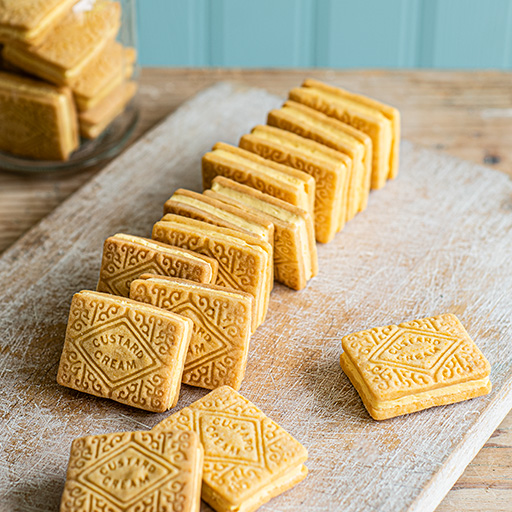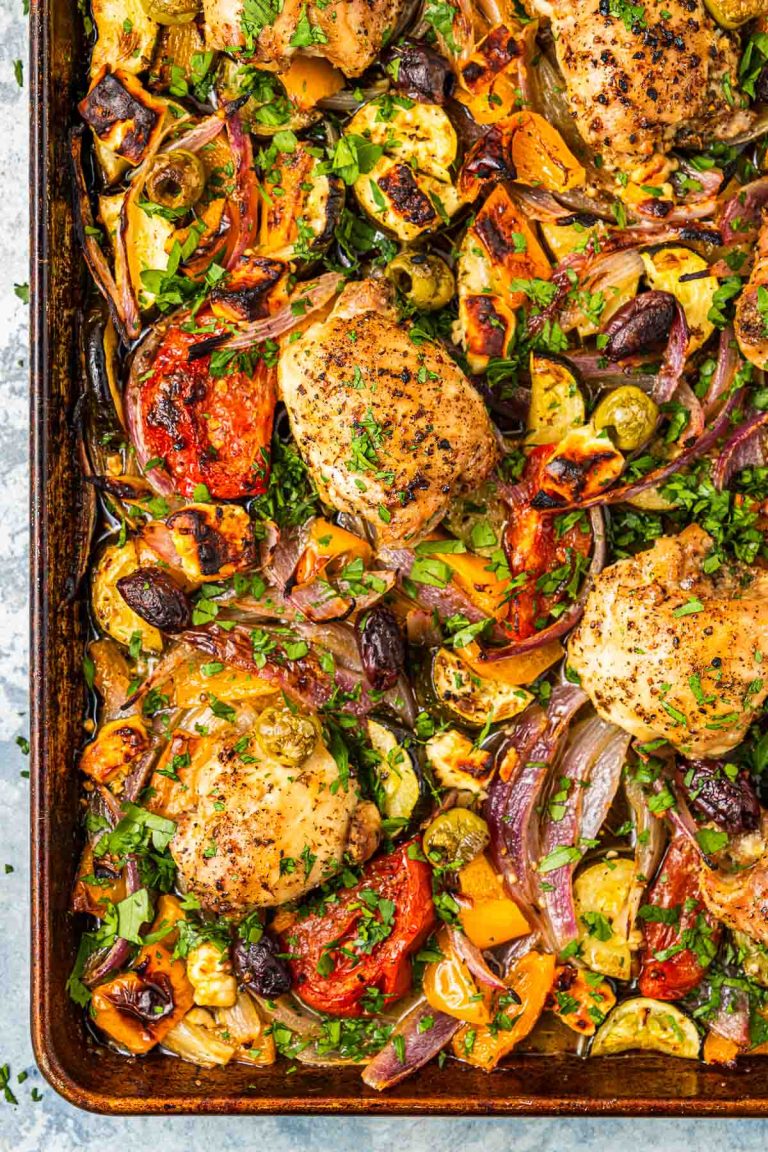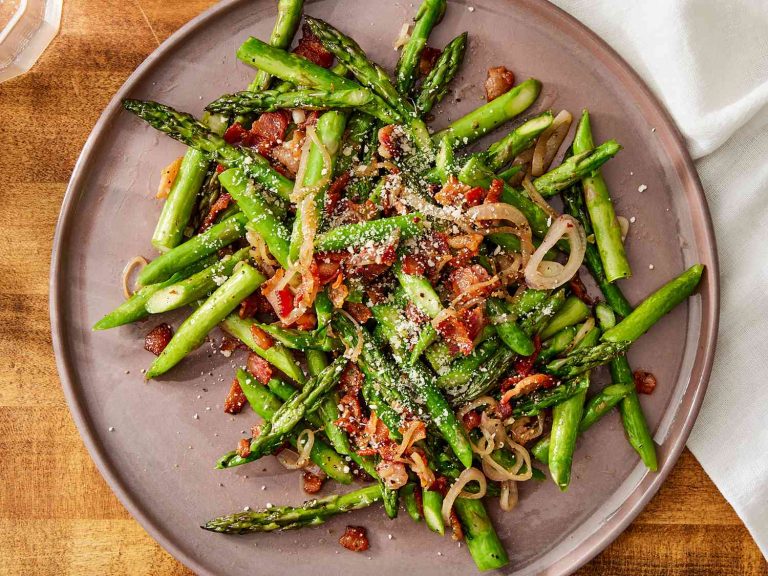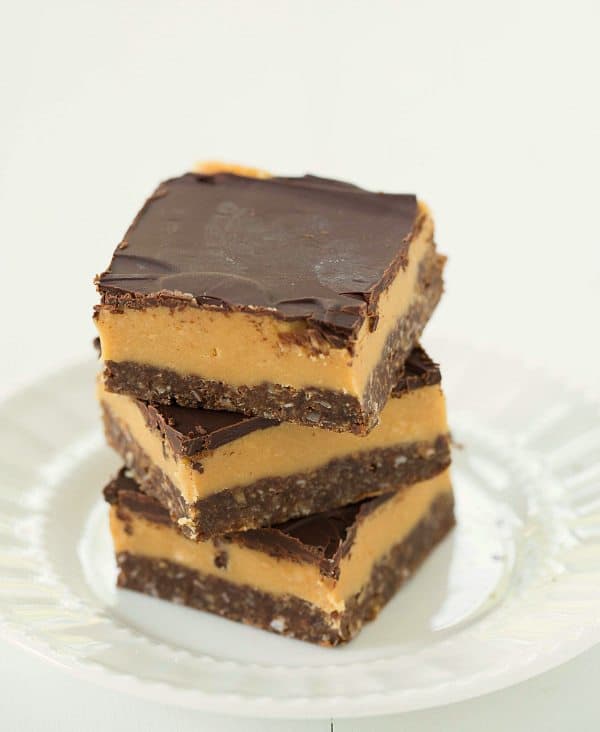Matzah Balls: Traditional Recipes and Modern Twists for Perfect Texture
Matzah balls stand out for their unique texture and flavor. The blend of matzah meal, eggs, water, and oil creates a dumpling that’s both light and satisfying yet firm enough to hold its shape. Every bite offers a savory taste that perfectly complements chicken soup, a classic pairing during Passover. Various families pass down secret techniques or ingredients, adding a personal touch that makes each matzah ball unique. Fresh herbs like dill or parsley often elevate the flavor, adding an aromatic quality that further enhances the experience.
Regional Variations in Matzah Balls
Matzah ball recipes vary across regions, reflecting local tastes and traditions. In Eastern Europe, denser matzah balls, sometimes called “knadlach,” are common and often preferred for their hearty bite. In contrast, American variations frequently aim for a lighter, fluffier texture, achieved by incorporating seltzer water or baking powder to the mix. Some Southern American versions might include a touch of spice, like cayenne or paprika, for an added kick. Each region brings its distinct twist, enriching the global matzah ball palette and offering diverse culinary experiences.
Ingredients and Preparation Techniques
Choosing the right ingredients is crucial in crafting the best matzah balls. Quality matzah meal serves as the base, with eggs ensuring a consistent structure. For a fluffier texture, consider using seltzer water instead of regular water. Adding a bit of chicken fat, known as schmaltz, can enhance the depth of flavor. Preparation techniques like gently rolling the dough to avoid overworking it help maintain the desired texture. Allowing the dough to rest before forming the balls ensures they absorb the flavors fully.
Pairing Matzah Balls with Broth
Pairing matzah balls with the right broth can elevate their taste. Homemade chicken broth, rich with flavors from simmered bones, vegetables, and herbs, offers an ideal base. Adding seasonings like garlic, onion, and celery can enhance the overall taste experience. For those who prefer a vegetarian option, a well-seasoned vegetable broth can serve as an excellent alternative. Ensuring the broth is hot before adding the matzah balls guarantees they cook evenly and absorb the flavors.
Key Ingredients for the Perfect Matzah Balls
The Role of Matzah Meal
Matzah meal forms the backbone of matzah balls. This ingredient, made from ground matzah, gives them their distinctive texture. Fine matzah meal, more like flour, results in a lighter, more delicate matzah ball. Coarse matzah meal produces a denser, heartier version. When preparing, you’ll combine the matzah meal with wet ingredients, helping achieve the desired consistency.
Choosing the Right Fat: Oil vs. Schmaltz
Fat choices significantly impact your matzah balls. Schmaltz, or rendered chicken fat, infuses a rich, savory flavor. It’s favored in traditional recipes for its depth and authenticity. Conversely, oil, like vegetable or olive oil, contributes a lighter taste. If you aim for a healthier option, oil becomes the preferred choice. Choose based on your flavor and texture goals to personalize your matzah balls.
Cooking Techniques That Make a Difference
Boiling vs. Steaming
Choosing between boiling and steaming impacts the texture and flavor of matzah balls. Boiling is the traditional method, where matzah balls cook directly in salted water or broth. This technique helps matzah balls absorb flavor from the liquid, resulting in a tender and flavorful outcome.
Steaming provides a different texture. By suspending matzah balls over boiling water, they cook more gently, retaining their shape and developing a slightly firmer texture. This method ensures matzah balls do not absorb excess liquid, which can sometimes make them overly soft.
Tips for Achieving the Perfect Texture
Achieving the ideal texture for matzah balls involves careful attention to several key aspects:
- Mixing Technique: Combine ingredients just until incorporated. Overmixing can make matzah balls dense and heavy.
- Resting Time: Allow the dough to rest in the refrigerator for at least 30 minutes. This step helps hydrate the matzah meal and makes shaping easier.
- Shaping: Form the balls with wet hands to prevent sticking and create uniform shapes for even cooking. Aim for a size of about 1 inch in diameter.
- Cooking Time: Simmer matzah balls gently after adding them to boiling water or broth. Cook for 30-40 minutes to ensure they are cooked through without becoming mushy.
Implementing these techniques ensures your matzah balls achieve the desired light and fluffy texture, enhancing their appeal when served in soups or as a side dish.
Top Recipes for Delicious Matzah Balls
Traditional Family Recipes
Explore traditional family recipes for matzah balls to capture authentic flavors. A classic recipe involves simple ingredients like matzah meal, eggs, water, and chicken fat (schmaltz). Combine 1 cup of matzah meal with four beaten eggs and 1/4 cup of melted schmaltz. Add 1/4 cup of water or chicken broth and mix until smooth. Refrigerate the mixture for at least one hour, allowing it to firm up. Shape into balls and boil in salted water for 30 minutes until cooked through.
Modern Twists on Classic Matzah Balls
Discover modern twists on classic matzah balls to add variety to your meals. Consider using olive oil instead of schmaltz for a healthier option. For added flavor, incorporate chopped fresh herbs like dill, parsley, or chives into the batter. Another variation includes adding minced garlic or onion for a savory touch. Experiment with whole wheat matzah meal for a different texture. Shape the mixture into balls and cook using traditional boiling or try steaming for a softer texture.
Conclusion
Mastering the art of making matzah balls is within your reach. Whether you stick to traditional recipes or explore modern variations, the key is to experiment and find what works best for your taste. Remember the importance of matzah meal and fat choice to achieve the perfect texture and flavor. With a bit of practice and creativity, you’ll be able to serve light and fluffy matzah balls that delight everyone at the table. Happy cooking!

